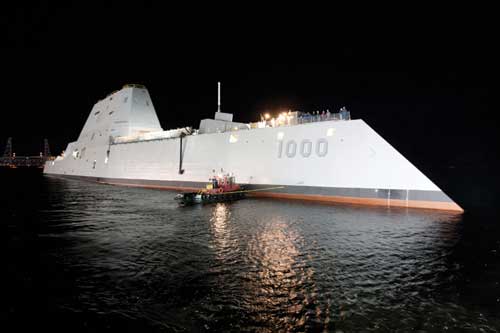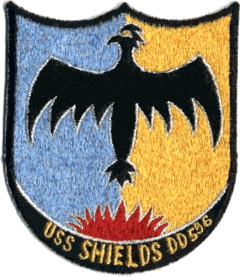Destroyer History
A long history and bright future!
All navy ships from the Greek triremes to Nelson’s ships of the line were designed to destroy the enemy. How then did it come to pass that a certain type of navy ship came to be called a “destroyer”? It starts with torpedoes.
Self-propelled torpedoes were perfected in the 1860’s and were soon being carried by small, fast, inexpensive, torpedo boats. These torpedo boats were a major threat to battleships, called “dreadnaughts” at that time. A swarm of torpedo boats could overcome the fire power of a battleship and sink it. To counter the threat of these torpedo boats, the British Royal Navy designed HMS DARING and called her a “Torpedo Boat Destroyer”. DARING was commissioned in 1895 and displaced only 260 tons. The SHIELDS, displacing 2050 tons, was eight times as big.
The name “Torpedo- Boat Destroyer” is a mouthful and soon became simply “Destroyer”. Furthermore as time went on destroyers got larger and were themselves equipped with torpedoes. The World War 2 destroyers designed to protect battleships and aircraft carriers from attack by enemy motor torpedo boats, airplanes, submarines or shore batteries.
Destroyers have always been fast, maneuverable and capable of many tasks. SHIELDS was and so also are todays’ destroyers. The US Navy’s latest “destroyer”, the Zumwalt class, has seven times the displacement of the SHIELDS and her primary mission is to attack land targets. So there you have it. Destroyers started out one eighth the size of SHIELDS and are now seven times as big.
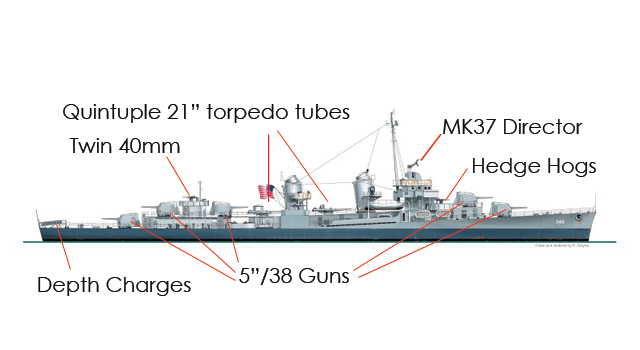
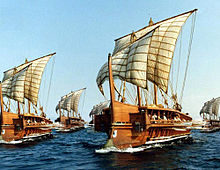
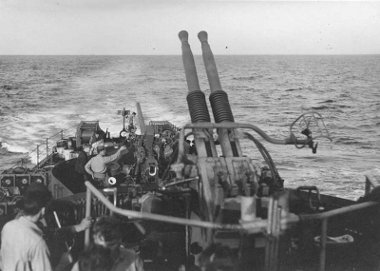
The trireme derives its name from its three rows of oars, manned with one man per oar. As a ship it was fast and agile, and it was the dominant warship in the Mediterranean during the 7th to 4th centuries BC.

